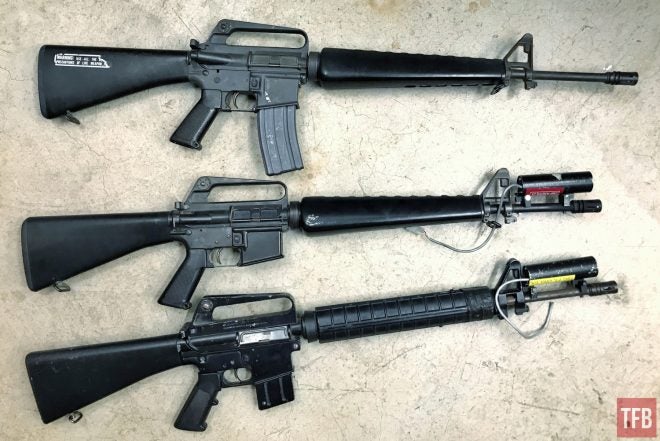Two years ago I posted about the Multi-purpose Arcade Combat Simulator (M.A.C.S). It was a basic rifle marksmanship training system that was based on a Super Nintendo Entertainment System (SNES) gaming console. Hook it up to a TV, plug in the M.A.C.S. cartridge and plug in what looks like an M16 into the SNES console. I have always been intrigued by the M.A.C.S. rifles and have come across three different examples. After some research, I found out there is a fourth variant. They are all wildly different and yet modified for the sole purpose of shooting lasers at a TV to practice basic marksmanship.
M.A.C.S. Rifles
Aside from the SNES and the custom made cartridge, the heart of the system is the laser M16 M.A.C.S. rifles. In my previous post, I pointed out that these were used by the US Military and very few have survived to end up in private citizen’s hands. This makes them very rare and super desirable to collectors. There is not a lot of good information about the training rifles. What little I found often references the Jäger AP74, a .22LR rifle that sort of looks like an M16.
Jäger M.A.C.S. rifle.
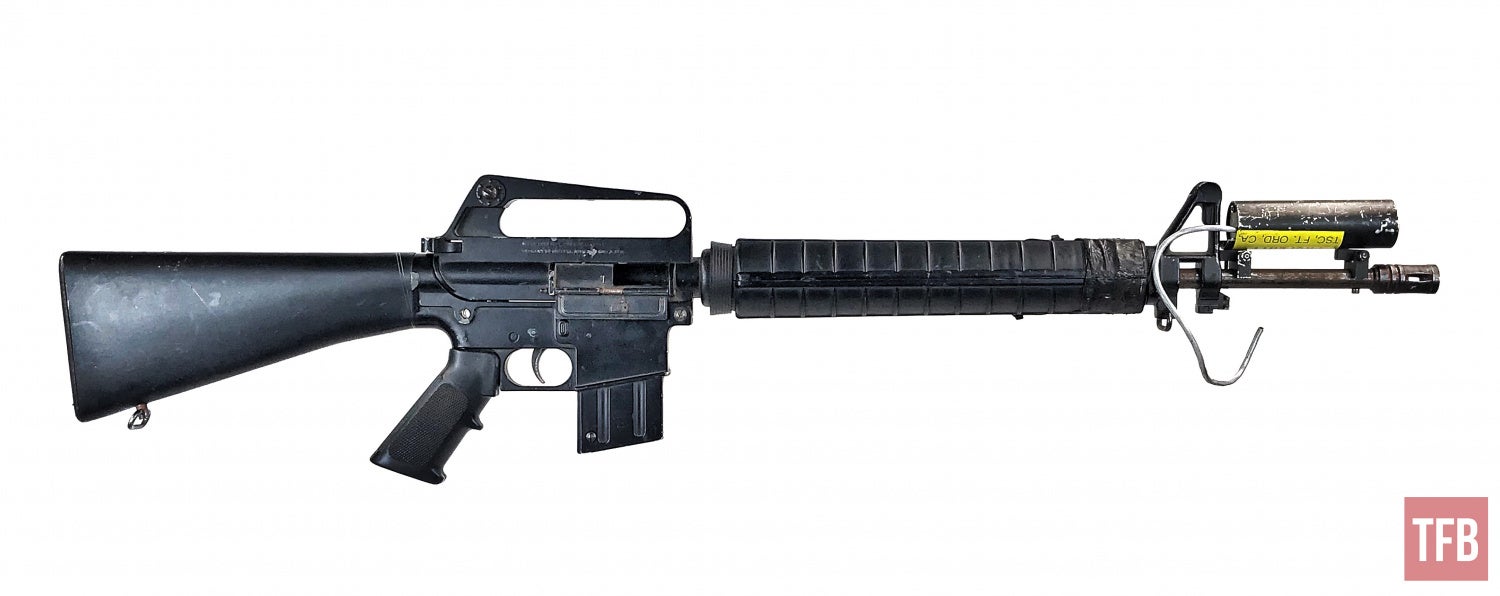
Here is a video about the actual rimfire rifle but it is in Italian.
Here is a wild-looking variant of the AP74 with telescoping wire stock.
Well, the M.A.C.S. rifles have been modified to function as a glorified light gun. Think Duck Hunt zapper mounted to an M16. Sadly my friend’s rifles are a mess of spare parts and are not functional. You can see the wire was cut.


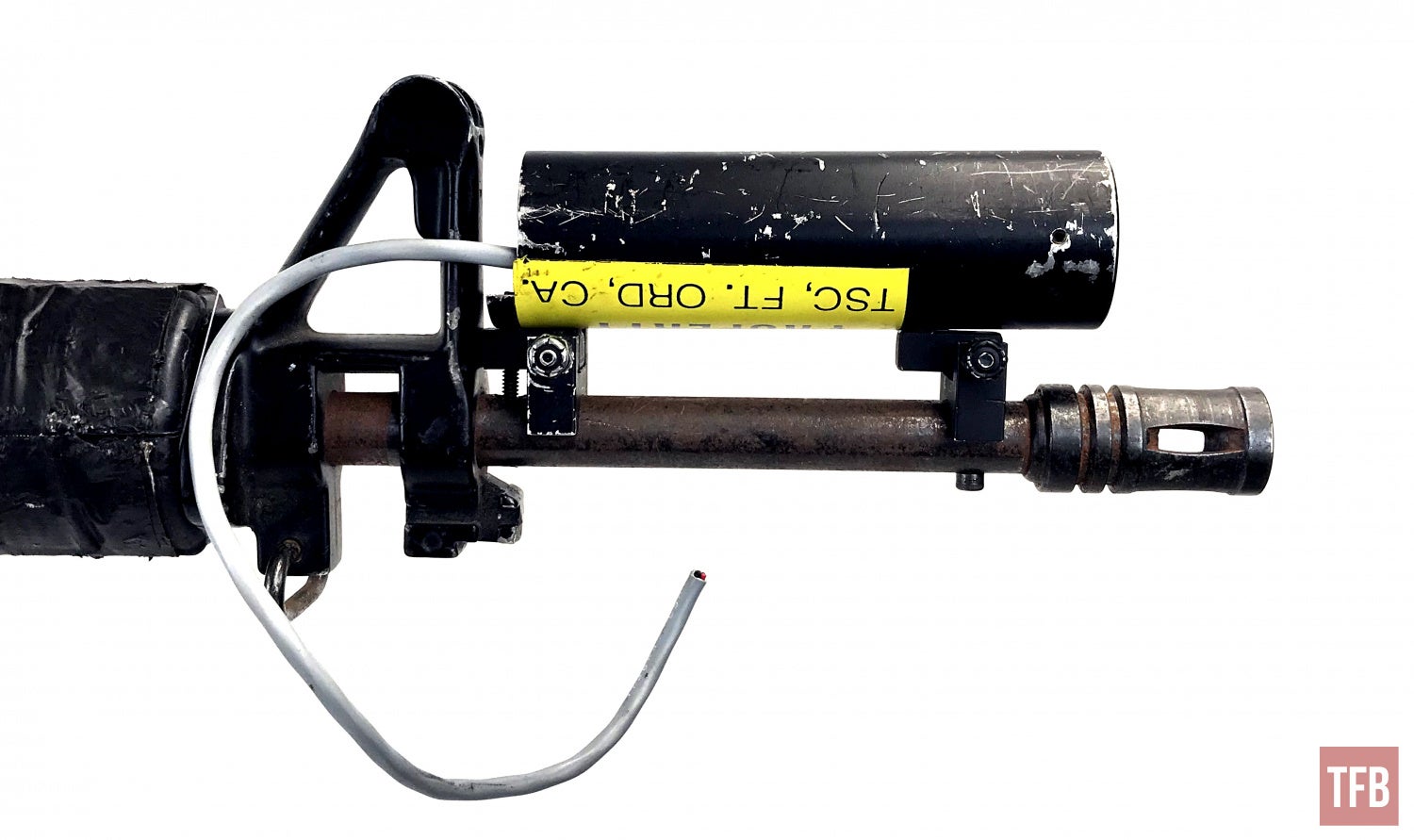
 The Jäger typically has a triangular M16A1 style handguard and a unique pistol grip that somewhat resembles the old M16A1 grips. However, this particular Jäger rifle has been modified by grunts. The pistol grip has been changed to an A2 grip but as you can see it does not fit properly. Also, the handguard is A2 ribbed style even though it has what looks like a triangular end cap for an A1 style triangular handguard. I tried swapping in an A1 handguard but it does not fit. Jäger must have made their own which is out of spec.
The Jäger typically has a triangular M16A1 style handguard and a unique pistol grip that somewhat resembles the old M16A1 grips. However, this particular Jäger rifle has been modified by grunts. The pistol grip has been changed to an A2 grip but as you can see it does not fit properly. Also, the handguard is A2 ribbed style even though it has what looks like a triangular end cap for an A1 style triangular handguard. I tried swapping in an A1 handguard but it does not fit. Jäger must have made their own which is out of spec. 

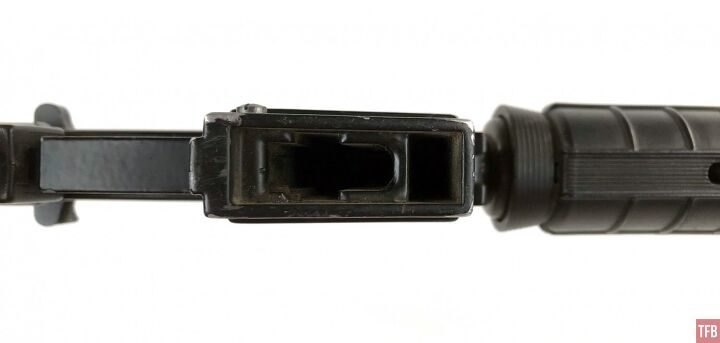

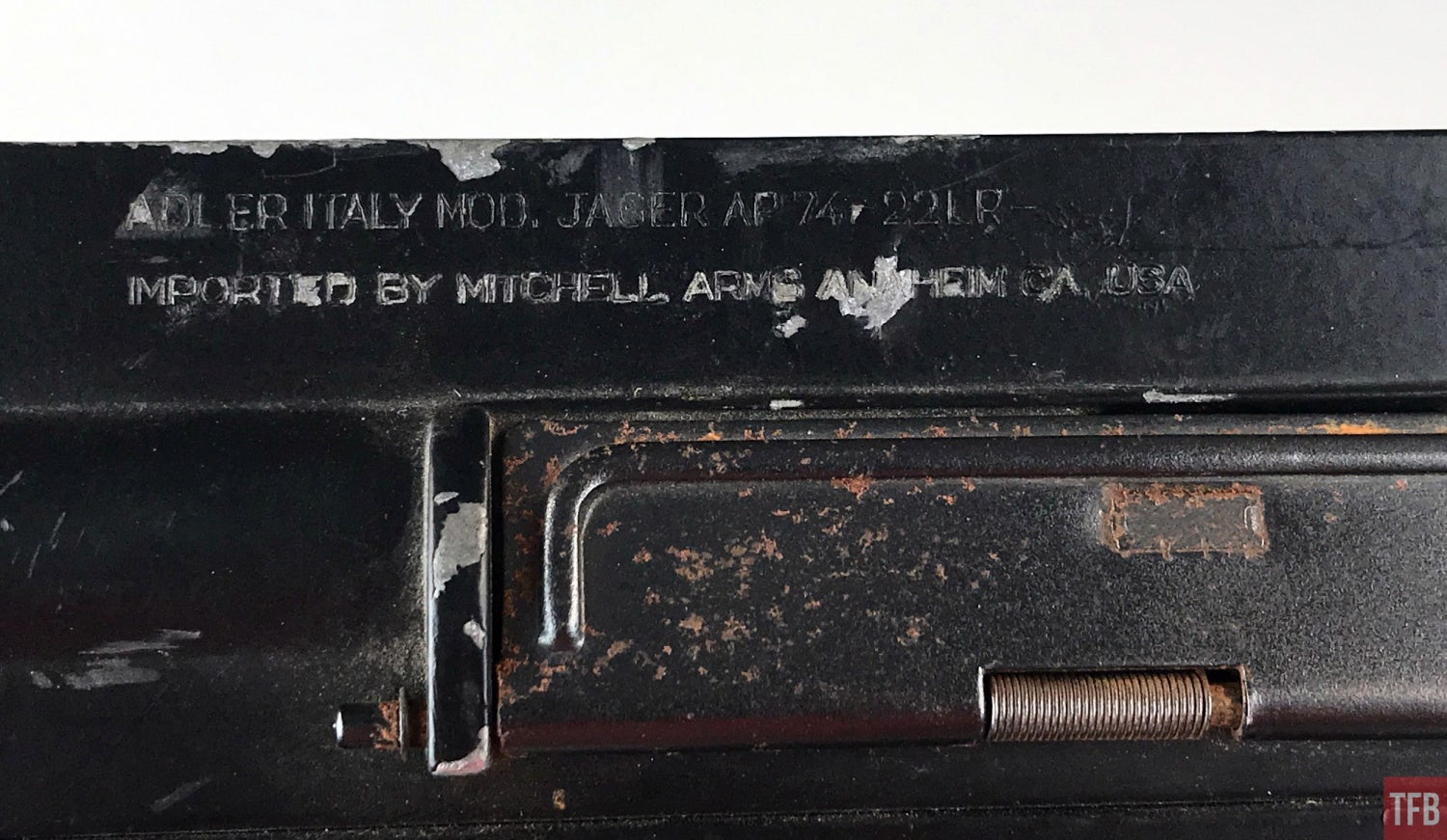
The engraving in the upper receiver is a bit worn but you can see still read it. The upper is the serialized part.
Removing the handguard I found this hole drilled into the top of the barrel. The front end of the barrel has been permanently plugged. The hole seen in the photo below is where the wiring would connect from the switch to the laser module mounted on the barrel.
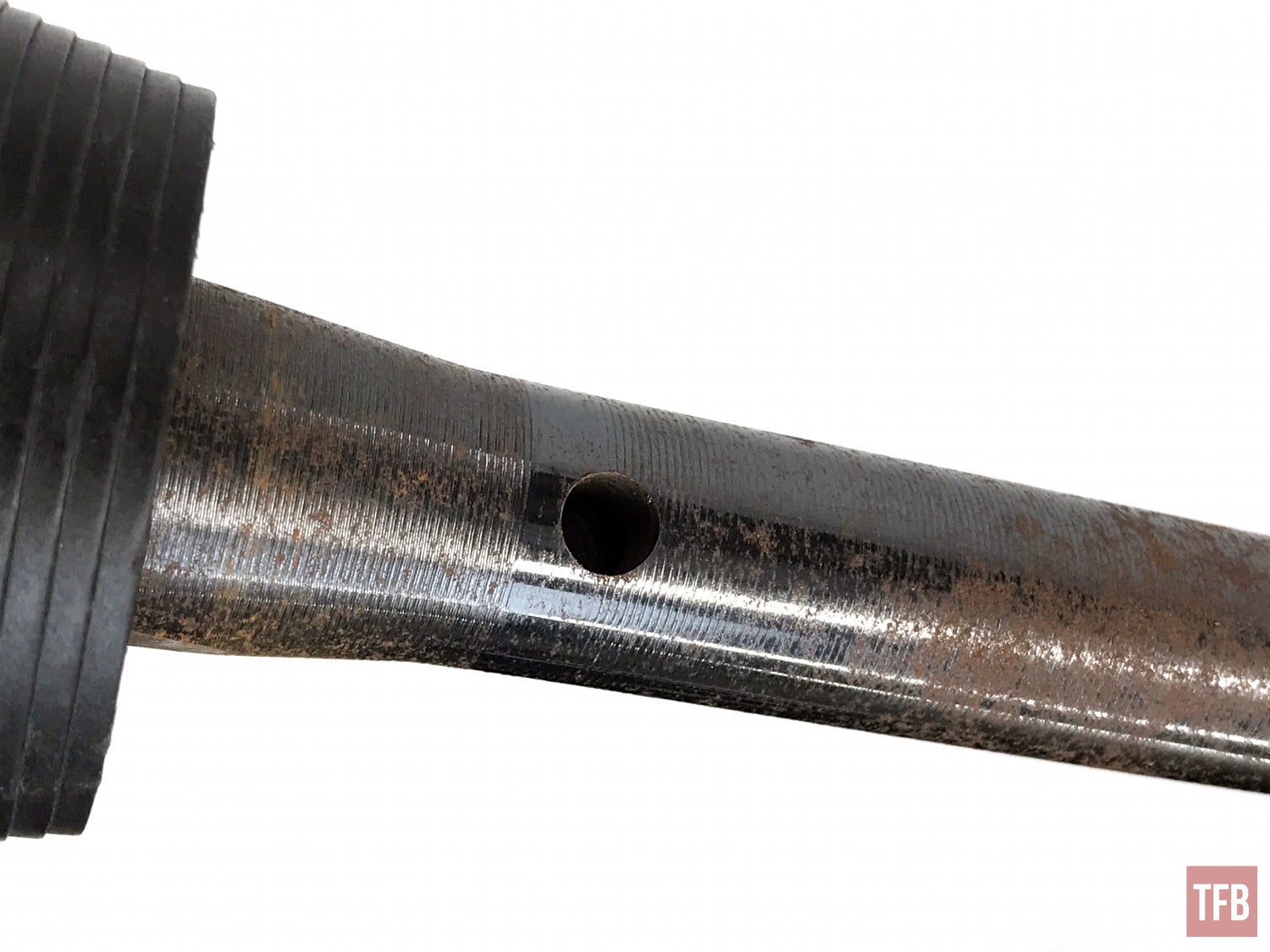
Here are the mounting holes for the laser module.

Inside the lower receiver, you can see it has been modified. The ejector has been milled away and there is no hammer.

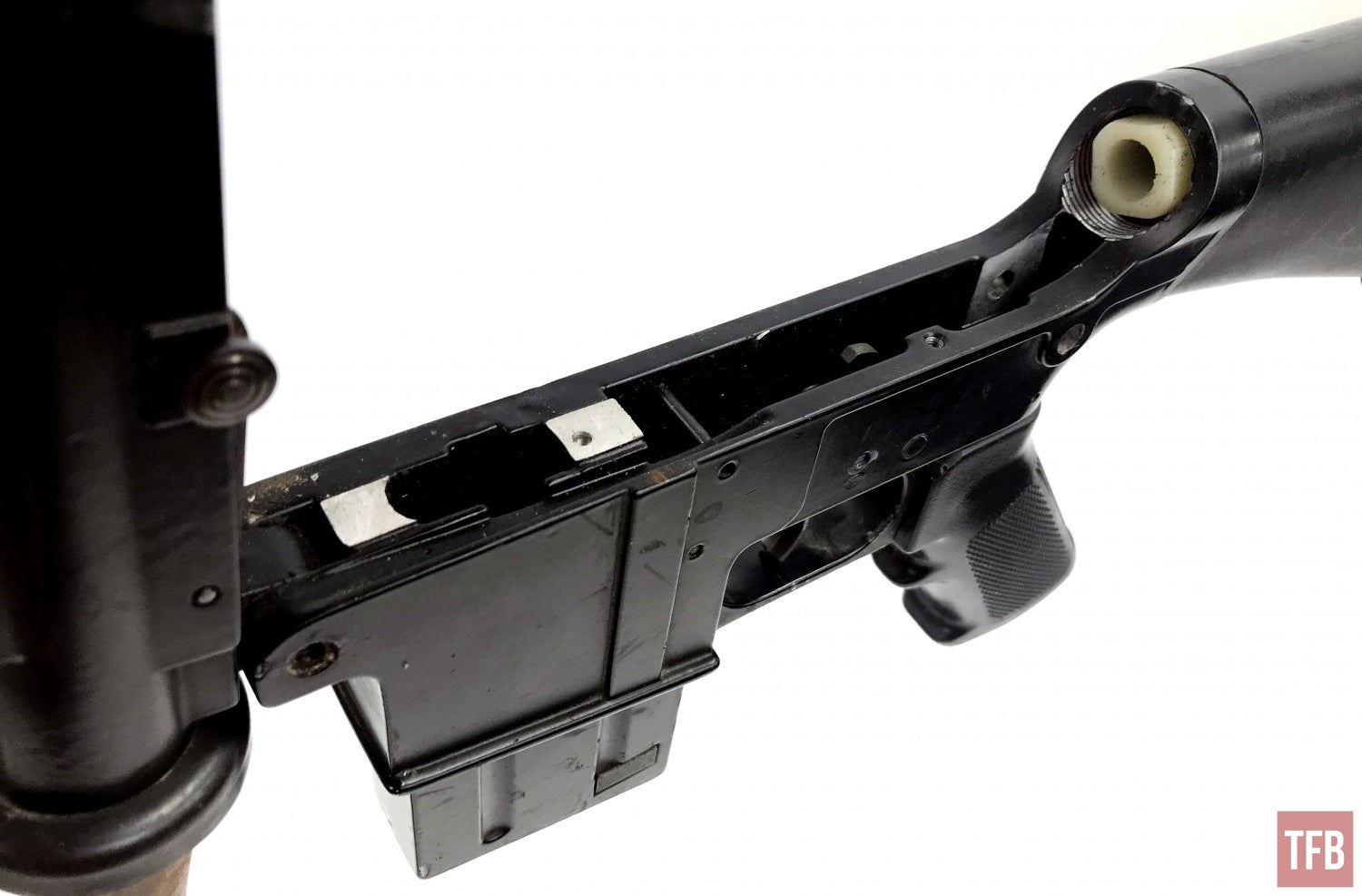
Underneath the upper receiver, you can see a switch is mounted just in front of the rear takedown lug. When the receivers are closed, the switch sits directly above the rear of the trigger. When you press the trigger it pivots and the rear of the trigger pushes the switch up thereby firing the laser into the TV monitor.


ModelGuns Corporation M.A.C.S. Rifle
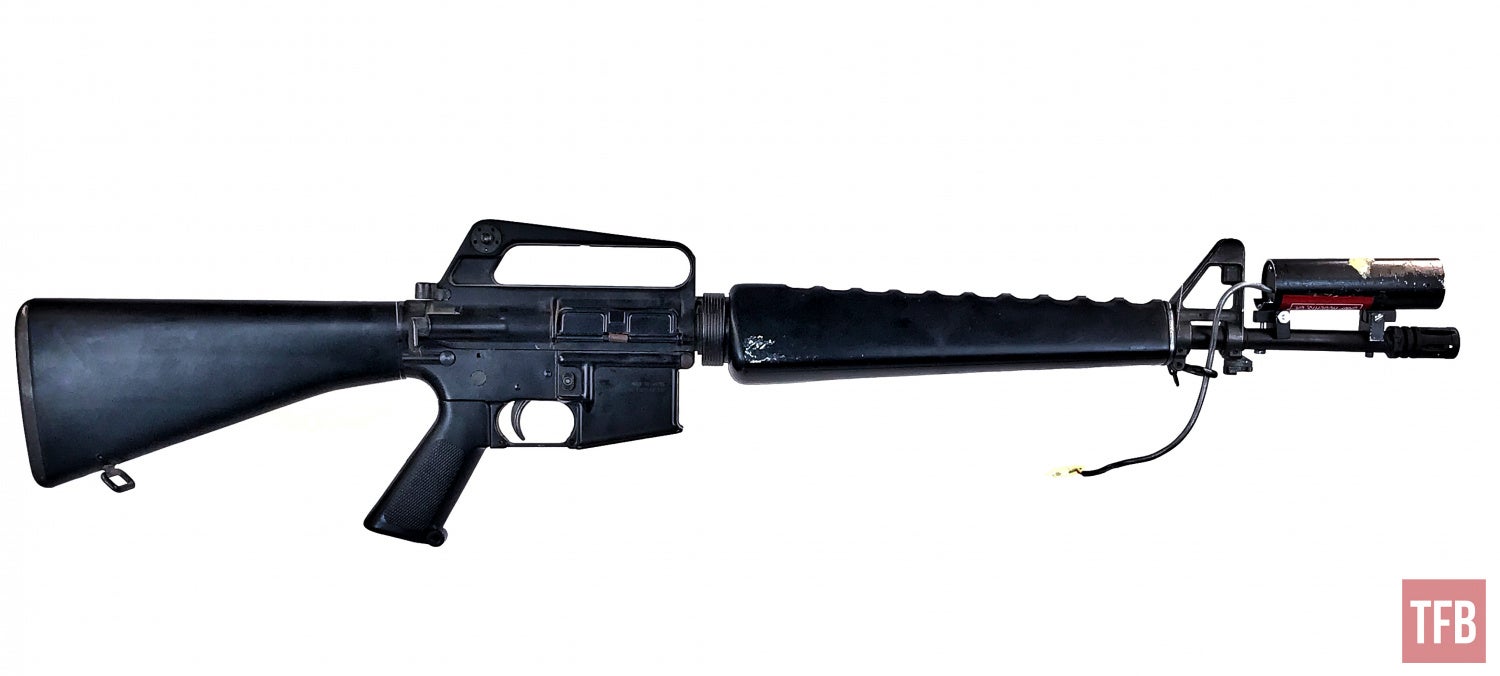
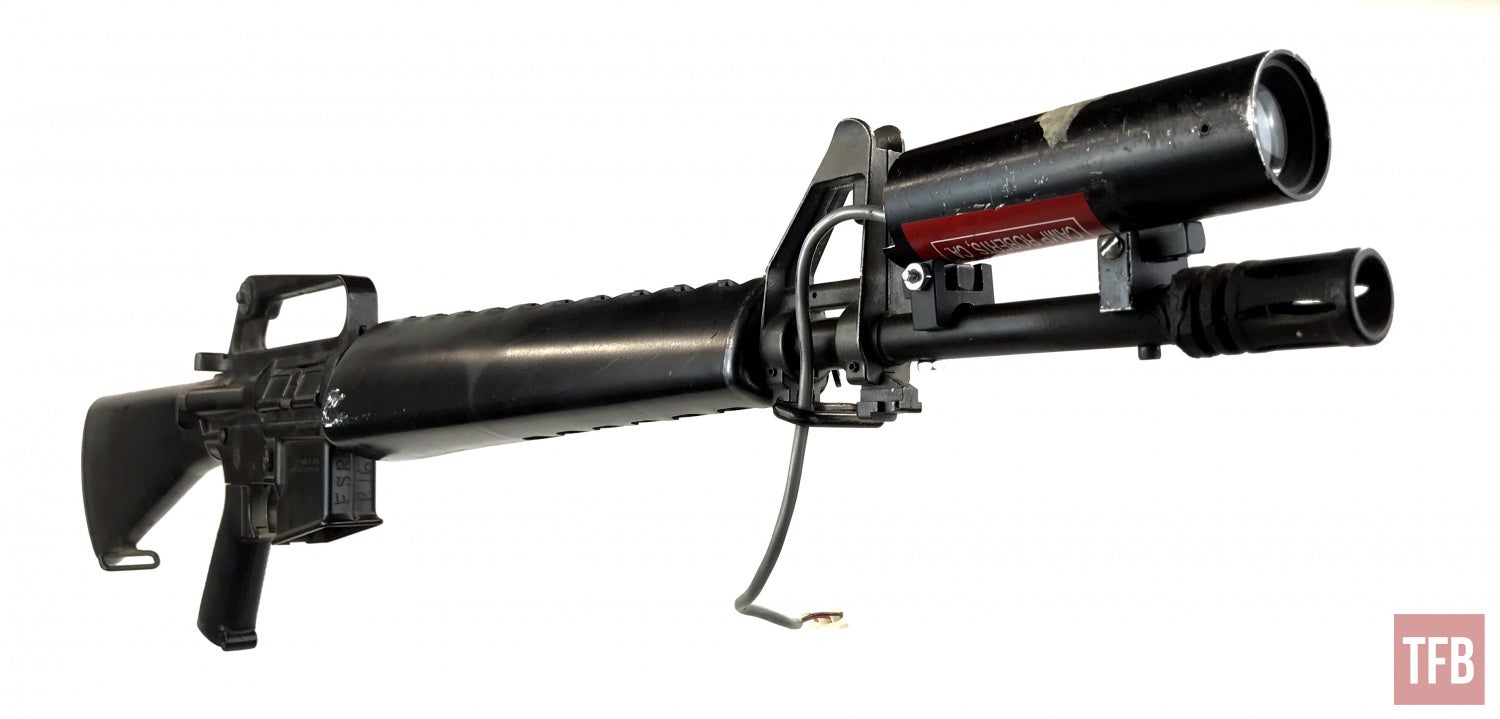
I have not been able to find any reference of the ModelGuns Corporation (MGC) M.A.C.S. rifles. But here we have one and it is wired up for the M.A.C.S. system. The side of the magwell has these markings molded into it. The receivers are made of plastic.

The MGC M16 is a plastic model gun with some parts made of metal like the FSB, BCG, trigger, etc. It shoots proprietary blanks and is full auto.
This one has been modified to be a M.A.C.S. rifle.
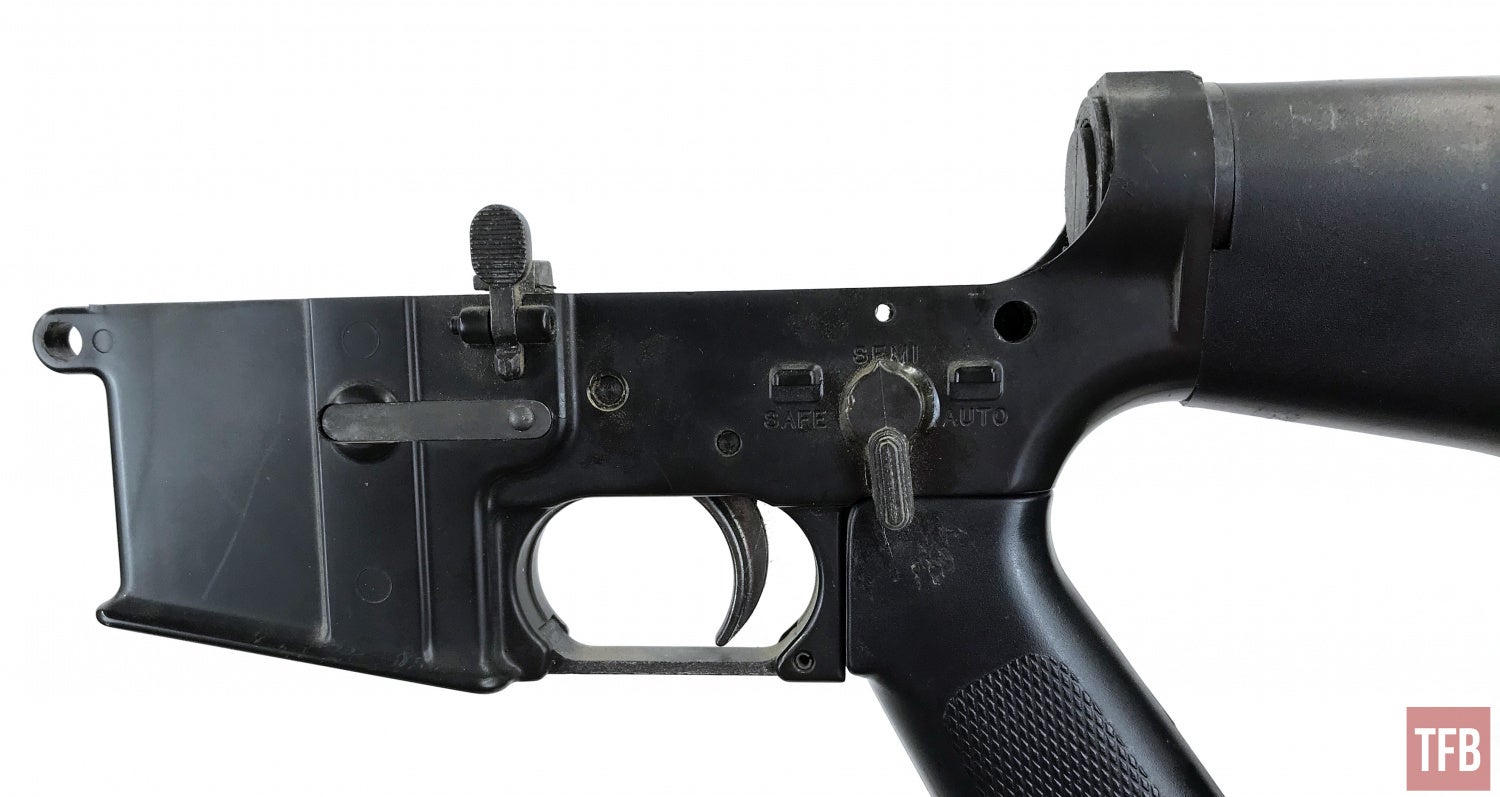
The safety was cut and epoxied to the plastic lower to accommodate the trigger switch.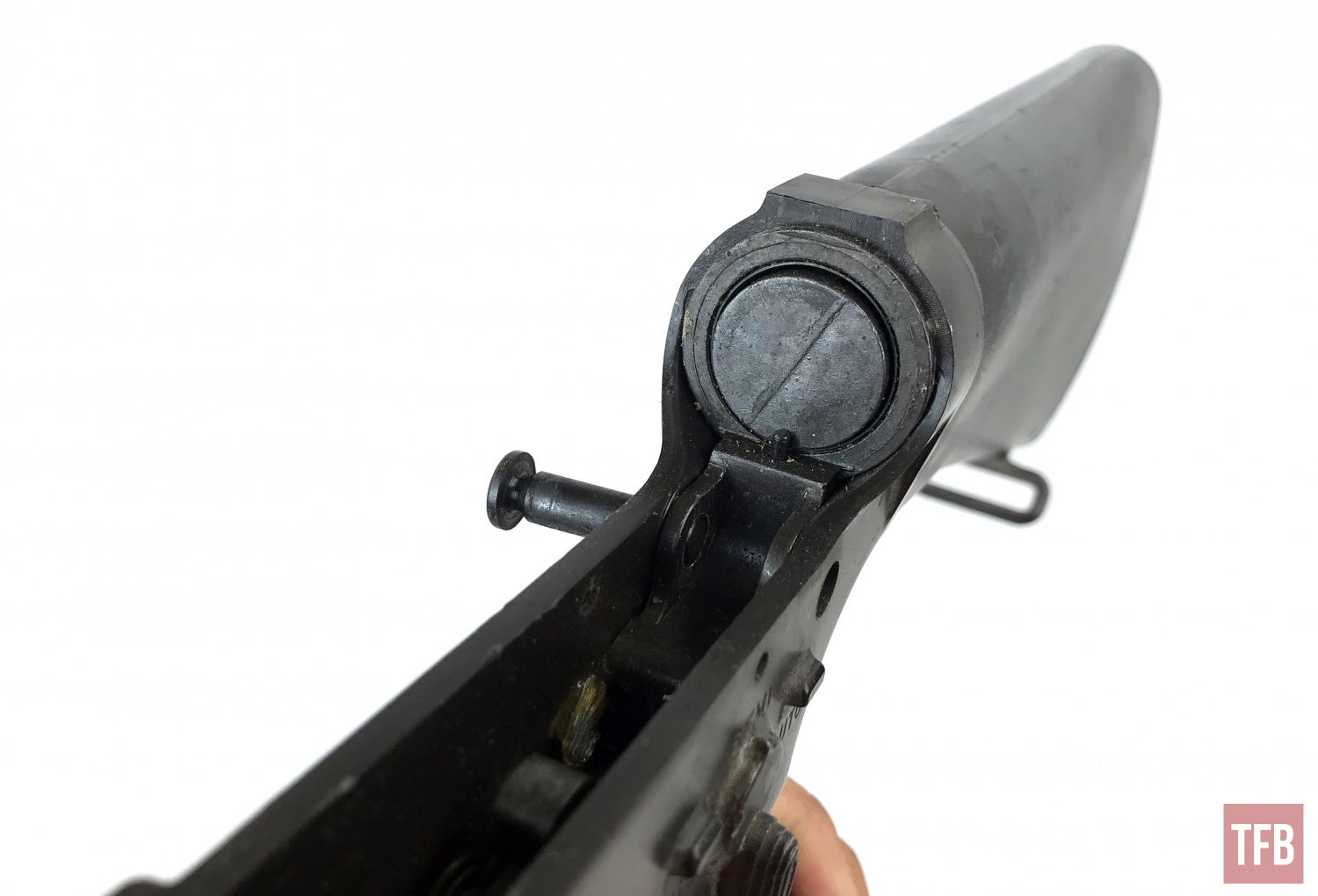
The MGC M16 upper receiver is also made of plastic. Unlike the Jäger rifle which came stripped of all parts and was a glorified dummy gun, the MGC M16 had the switch and wiring epoxied into the upper receiver.




Wiring from the trigger switch would exit the bottom of the plastic model gun’s barrel and connect to the laser module.
Oddly the MGC M16 only had one hole for the laser module and the hole was not drilled well. It is not centered.
 Just like the Jäger rifle, the switch is positioned directly over the rear of the trigger.
Just like the Jäger rifle, the switch is positioned directly over the rear of the trigger.
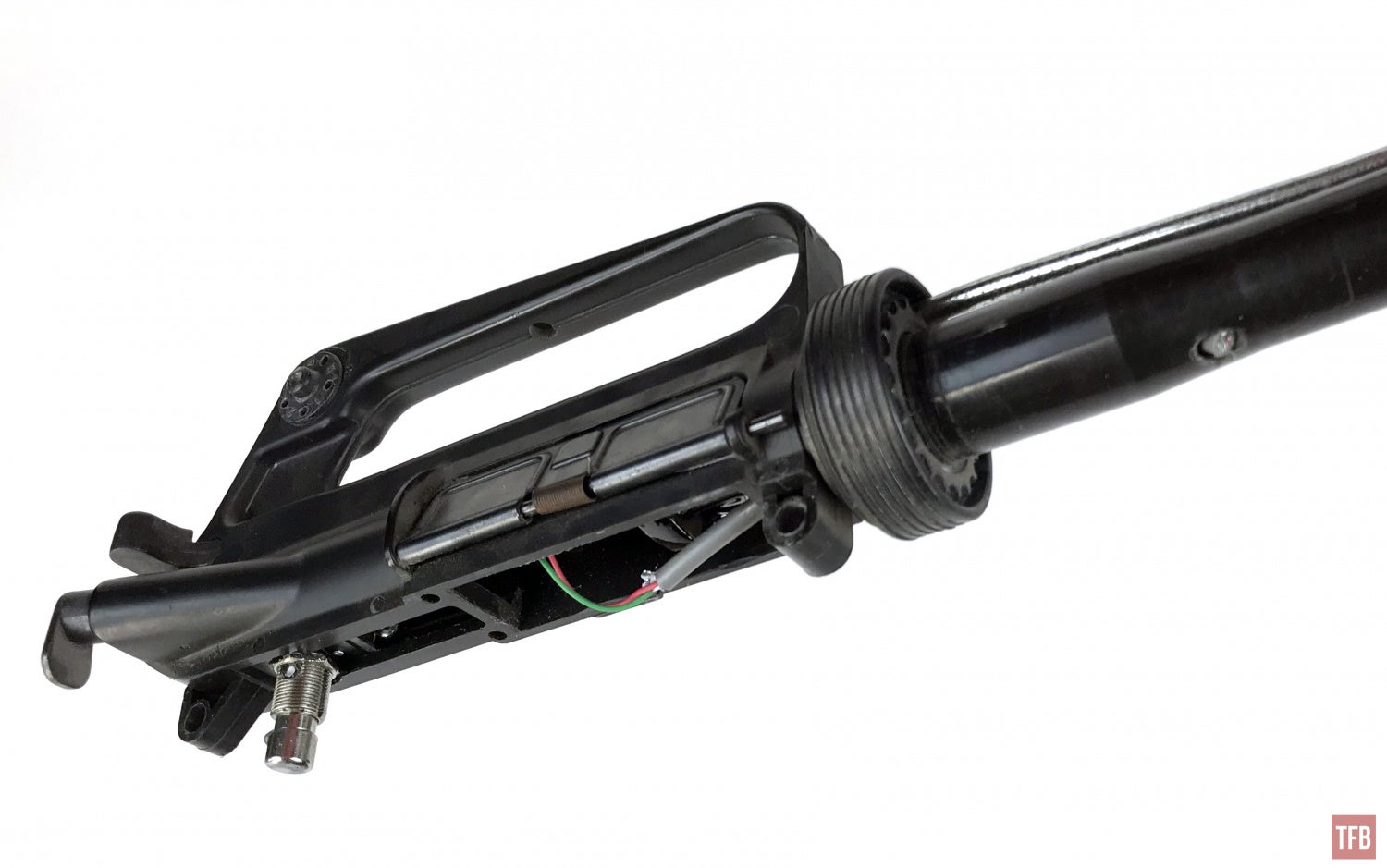
The laser module.



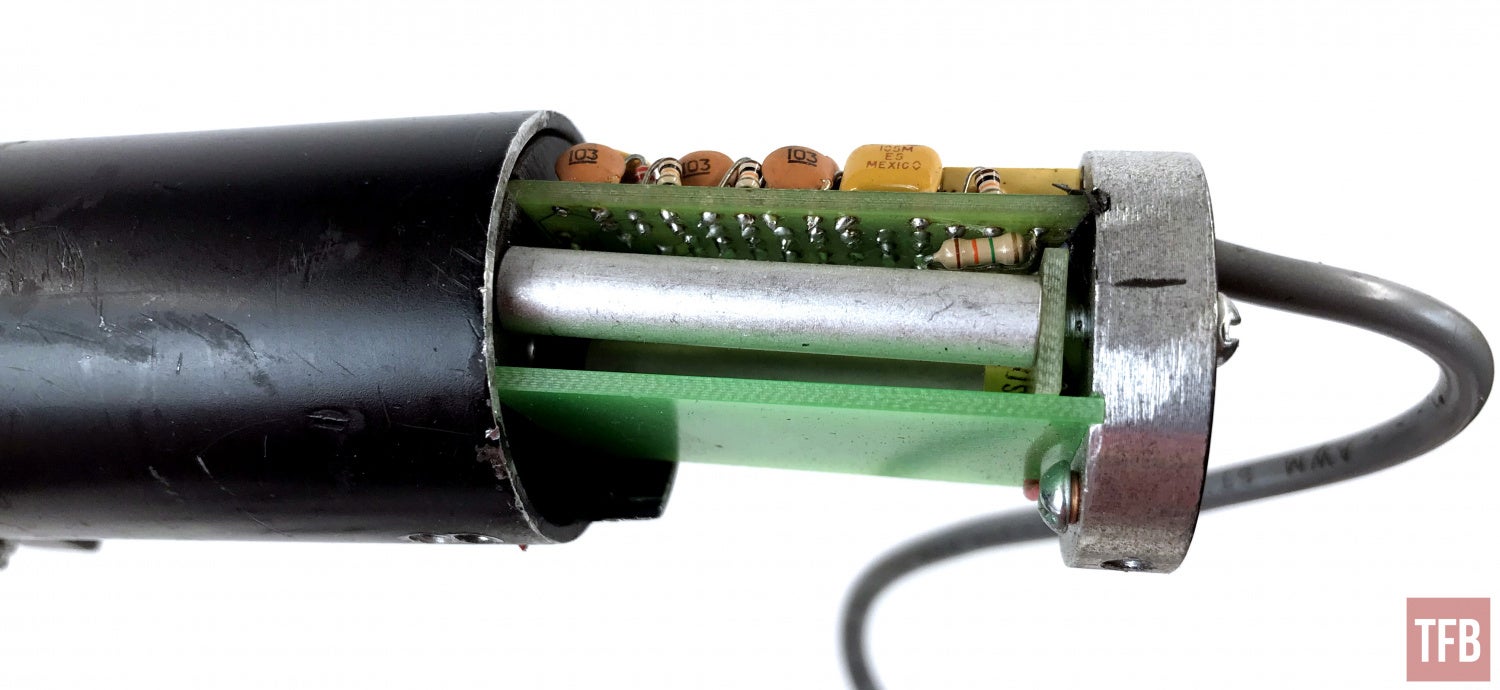

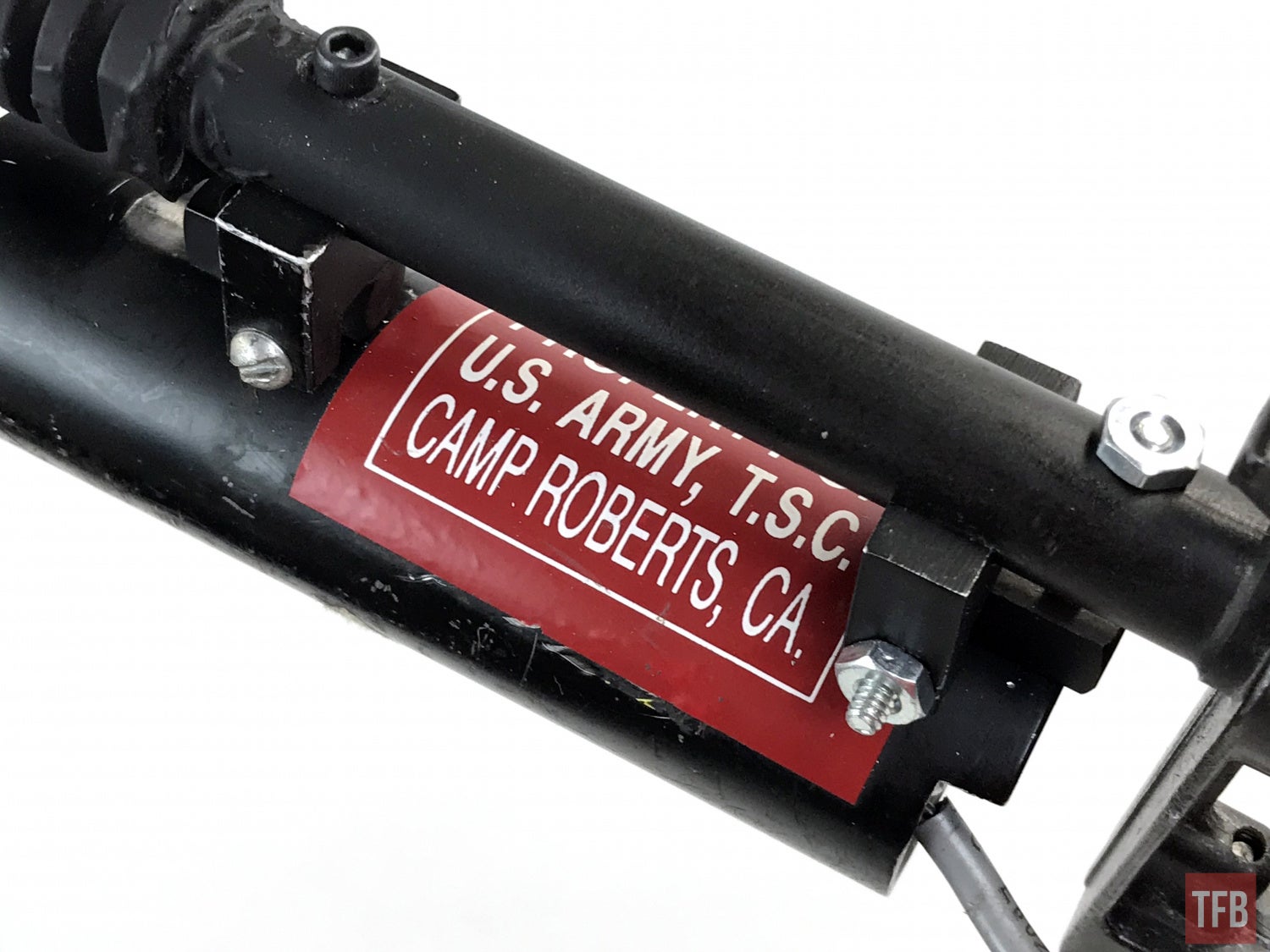
Colt M16A1 M.A.C.S. Rifle
The third variant of the M.A.C.S. rifles is the most interesting. It is a modified Colt M16A1.

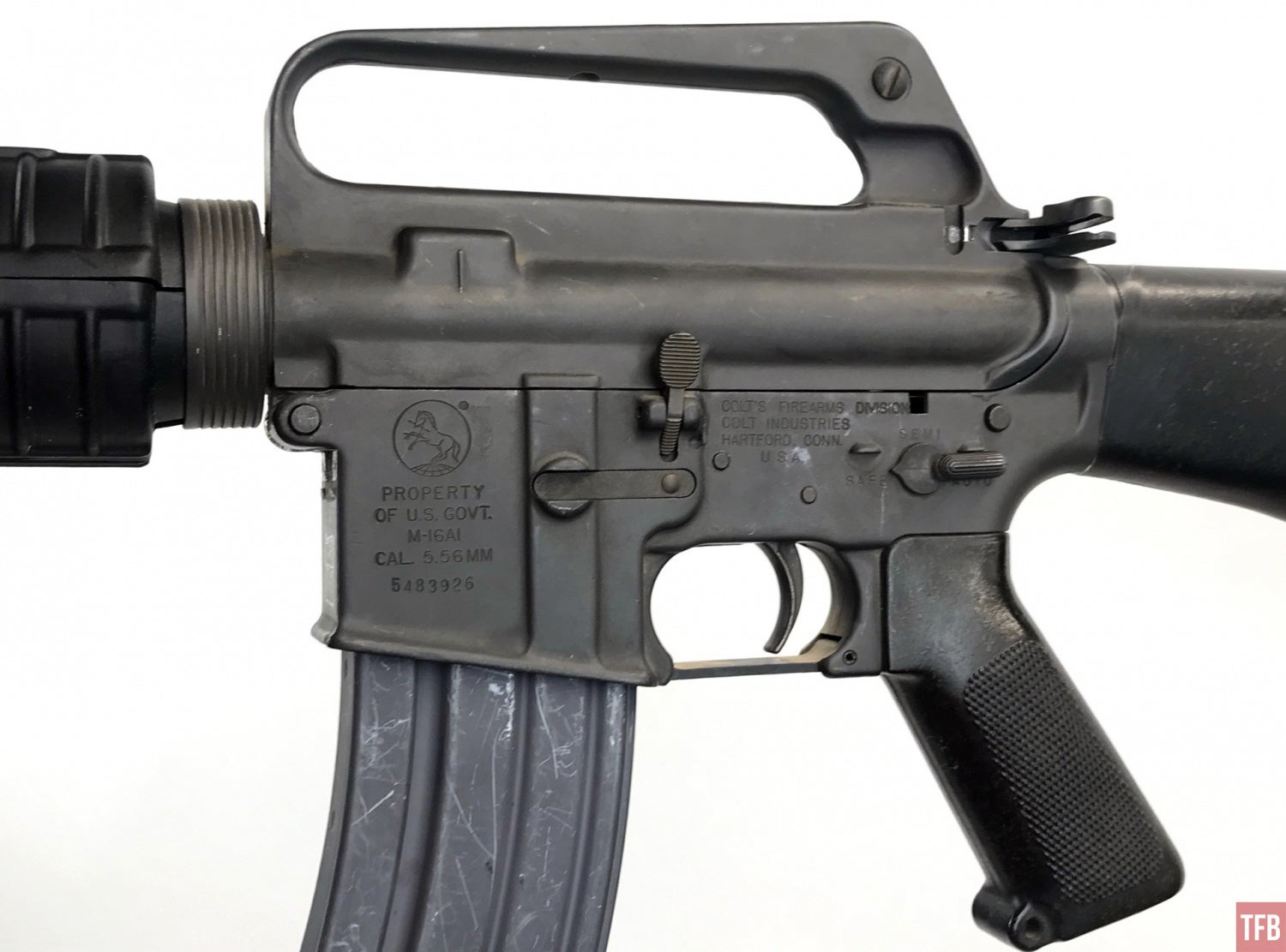
Notice the square hole cut into the receiver where the third pin for the auto sear would go? When I removed the upper receiver I was surprised to see a modified hammer. Also, the buffer is different. It is very long and only allows a couple inches of travel.



I cannot figure out the purpose of this modified hammer. Maybe the M.A.C.S. trigger is somehow positioned so the hammer strikes it like a firing pin? But that would not make much sense since nothing would reset the trigger. The charging handle would not help since there is no bolt to push the hammer back and reset it.
Another modification done to the Colt M16A1 is this tab at the front of the mag well.


At first, I thought the tab was to prevent the use of a magazine. I tried inserting a PMAG and the tab interfered with seating the magazine. However, if I used a GI aluminum magazine it seats just fine.

If you look under the upper receiver you will see that it has been modified to accommodate that tab. So the tab prevents you from installing a normal M16 or AR-15 upper receiver.

On top of the receiver modifications, the barrel extension has been modified as well. The locking recesses have been completely removed.

The barrel is a COLT manufactured barrel. C MP stands for Colt Magnaflux Particle which is a form of testing according to my friend Alan of US Ordnance. This particular barrel has been bored out and all the rifling has been removed.

The Colt M16A1 differs quite a lot from the other M.A.C.S. rifles. The other two, Jäger and MGC, have clear indications that they were modified for the M.A.C.S. laser system. The Colt M16A1 does not exhibit these key features. The modifications are not necessary for use with the trigger switch we saw in the other two rifles. Also, there are no holes in the barrel to run the wiring from a trigger switch to the front of the front sight block. I suppose it could be possible to run the wire through the hole for the gas tube assuming you have a small enough wire. But the laser module has nothing to grab onto the barrel if you use the same mounting hardware as the other two M.A.C.S. rifles.
Encounters Of The Fourth Kind: A Rubber Duck M.A.C.S. Rifle
While researching more about the M.A.C.S. rifles I found a fourth variant. It is what the military calls a Rubber Duck. For non-military personnel you could consider a Rubber Duck gun to be a Blue Gun. It is a rubber/resin cast copy of a rifle. Usually painted black. It has no functionality other than to be a piece of rubber plastic that looks like a gun.
Here are some photos I found of an actual Rubber Duck training aid. The numbers DVC-T 7-83 FG D-9-1109 are engraved into the stock. Those numbers are how I found these photos on GunBoards.
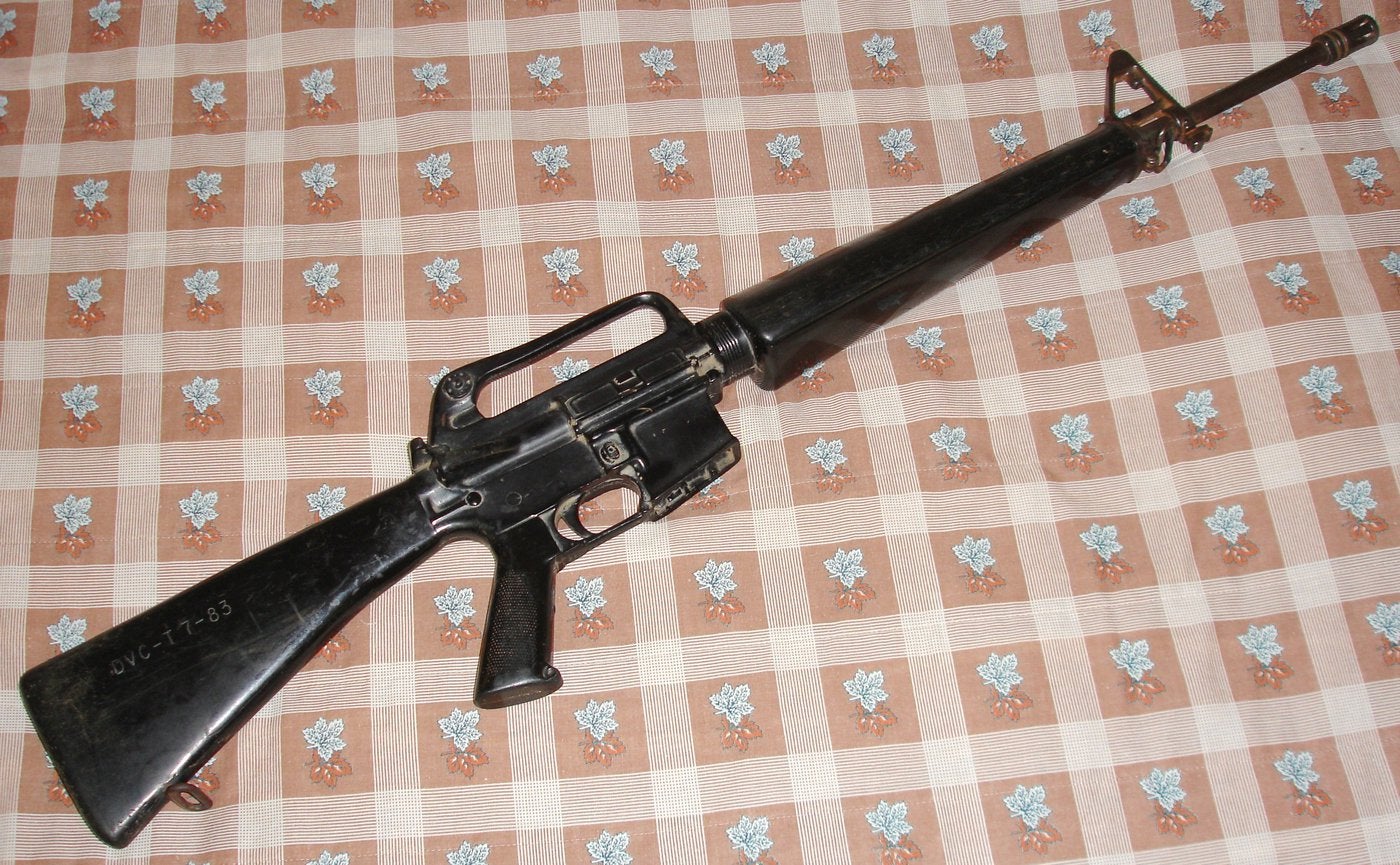
Photo by Ammo Guy
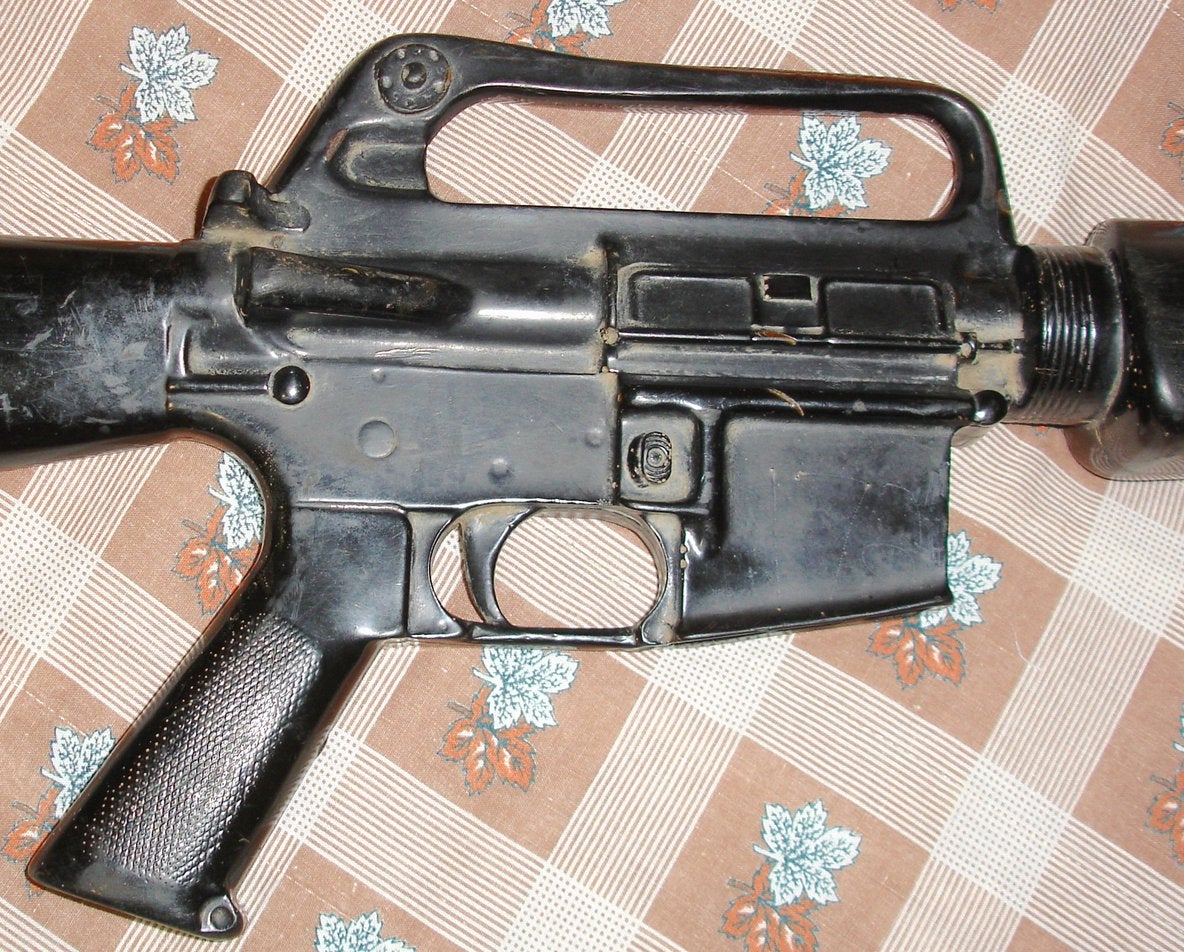
Photo by Ammo Guy
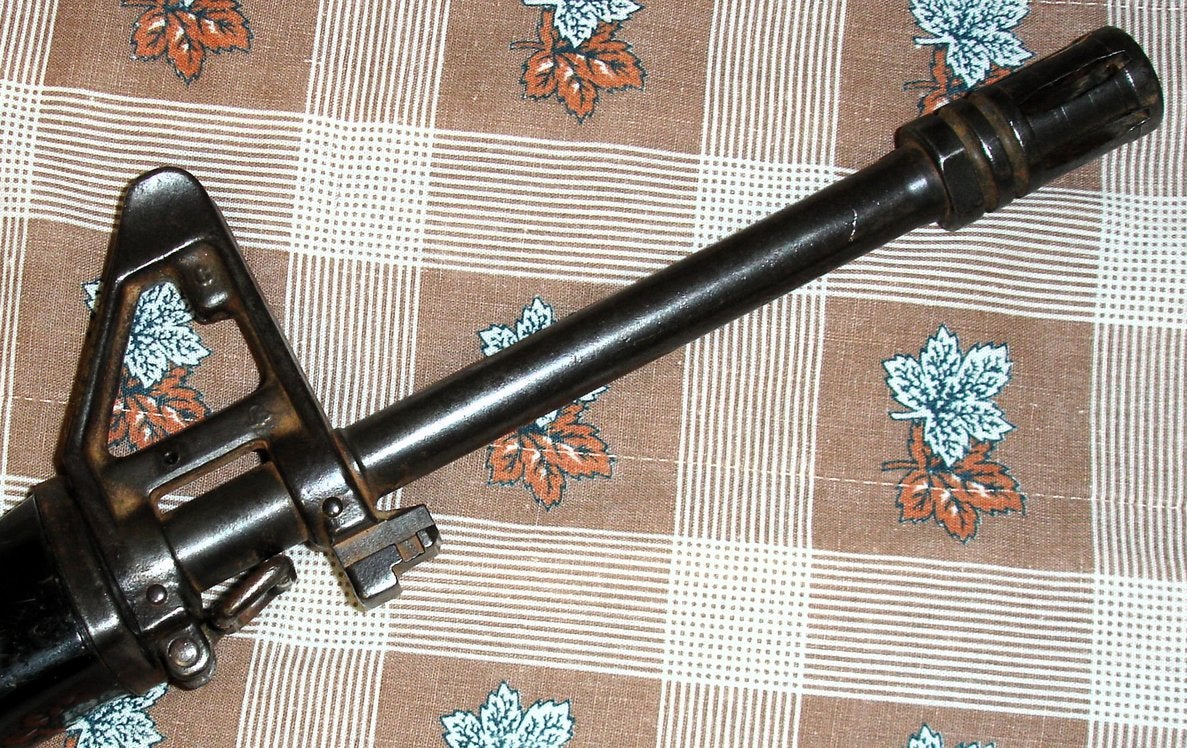
Photo by Ammo Guy
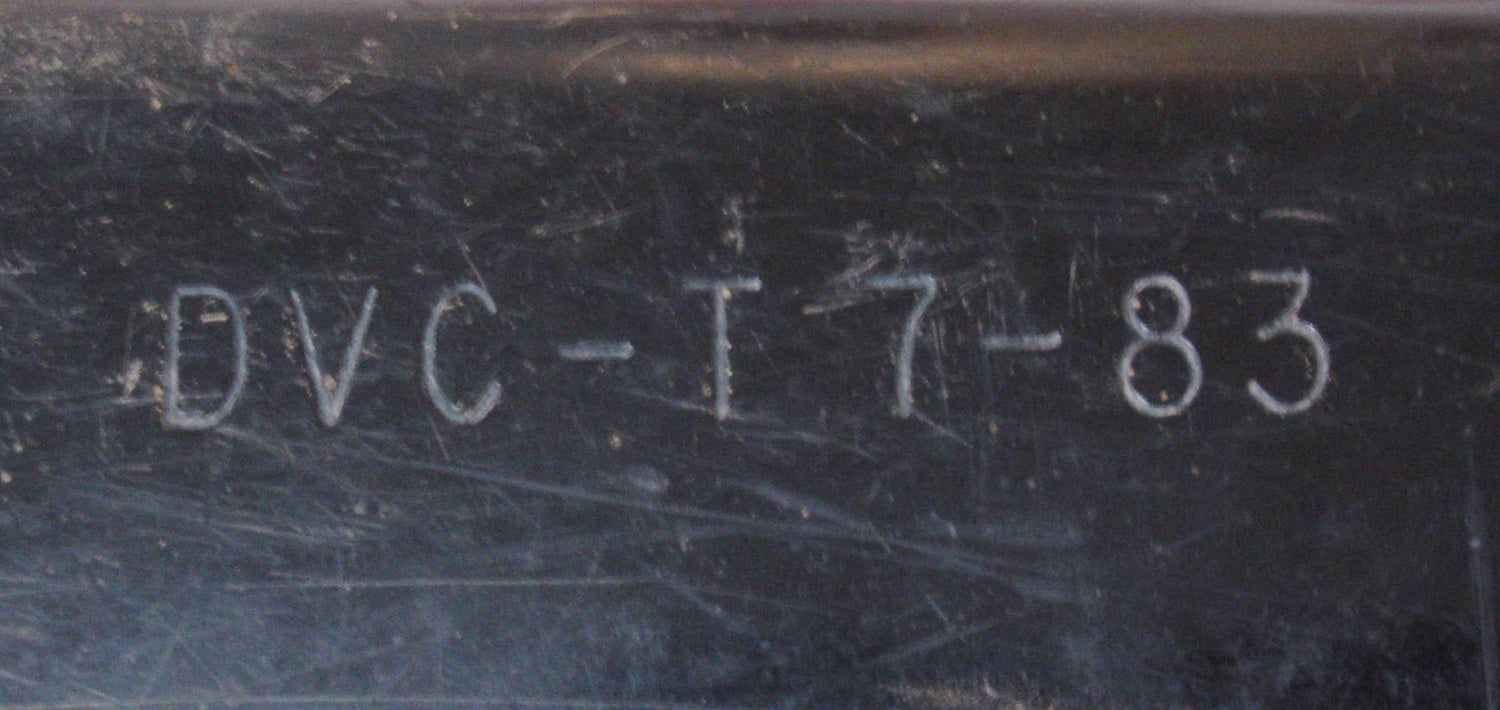
Photo by Ammo Guy

Photo by Ammo Guy

Photo by Ammo Guy
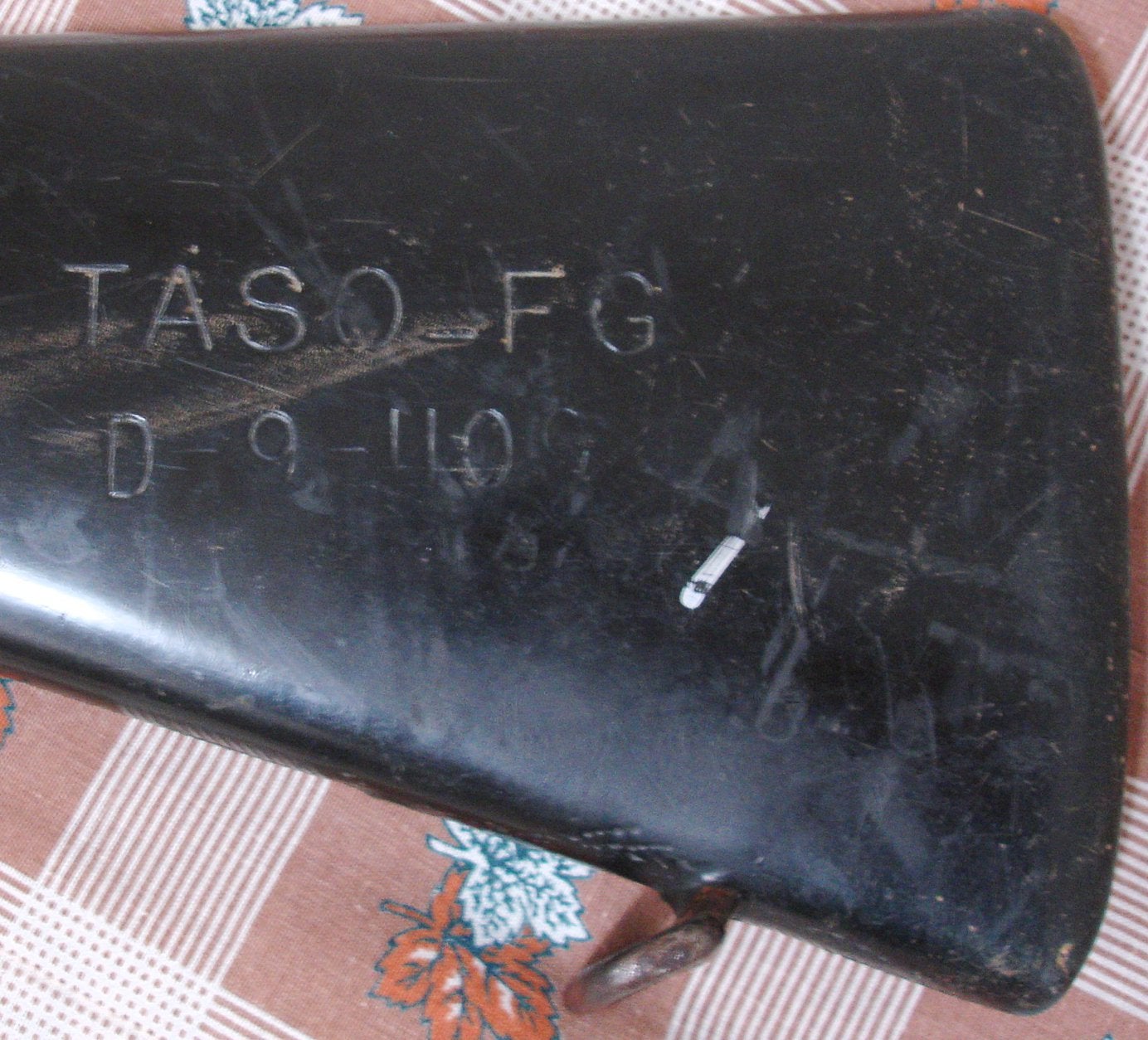
Photo by Ammo Guy
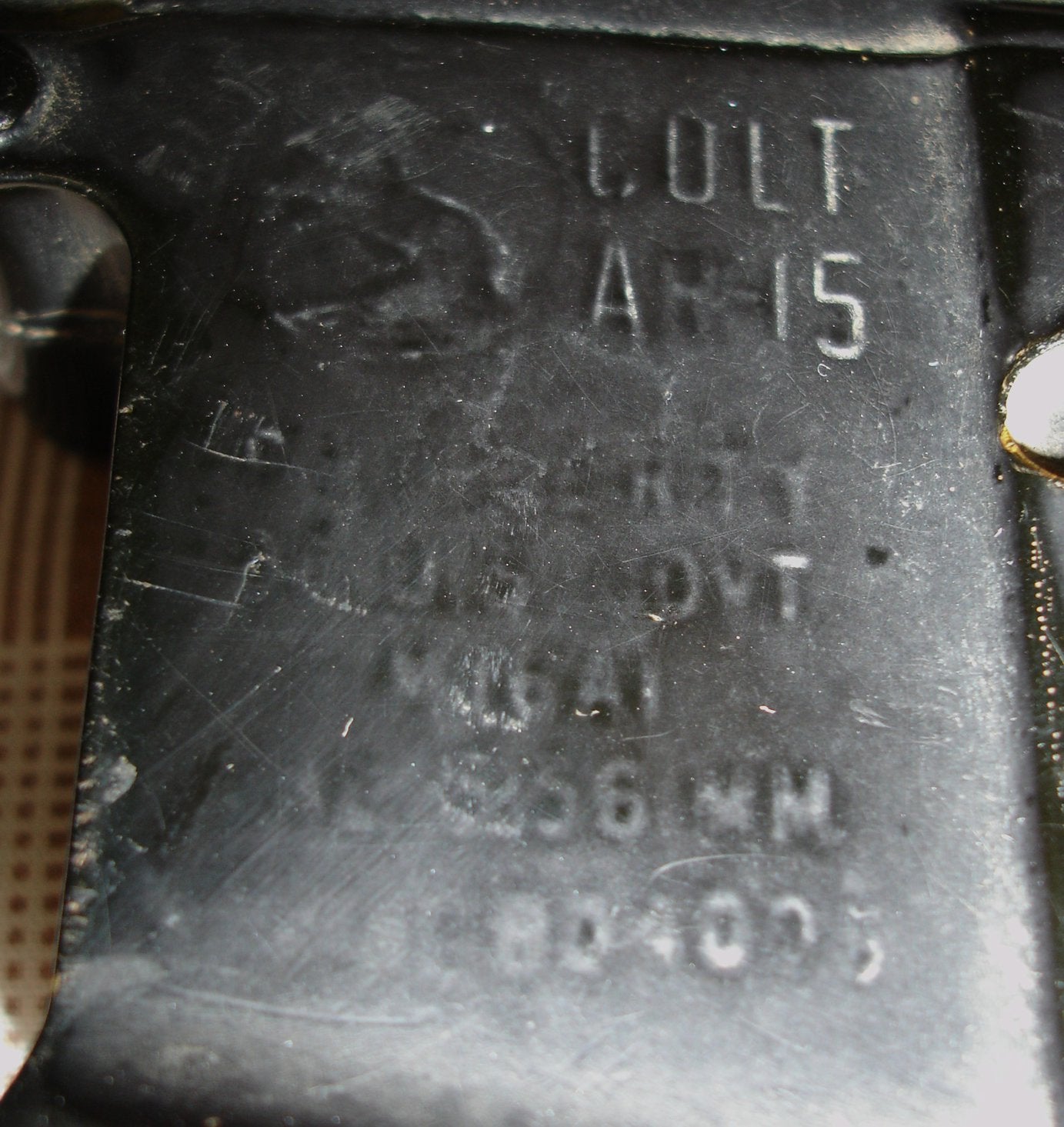
Photo by Ammo Guy

Photo by Ammo Guy
How did I find those numbers? They are on a Rubber Duck M.A.C.S. rifle. Video game collector, @jonebone7, posted photos of his collection of M.A.C.S. rifles.

Photo by jonebone7
You can see the difference below. The charging handle is molded into the rubber duck. Just above that, you can see the carry handle has been modified with a real A2 rear sight. I believe this was done with the other modifications to make this into a functional laser gun.

photo by jonebone7
Below are his three M.A.C.S. rifles. The Rubber Duck version has what looks like a plate and a functioning trigger. This makes sense since blue guns or Rubber Ducks wouldn’t have a functioning trigger. You can see that in the previously posted images of an actual Rubber Duck. You would need a functioning trigger to activate the switch which fires the laser. Look at the stock, it has those numbers engraved into the side of it. Also, notice the laser module on the rifle in the case looks slightly different than the lasers my friend has. They have a box at the back of the laser module.

Photo by jonebone7

Photo by jonebone7

Photo by jonebone7
While my friend does not have the manual or any real documentation for his M.A.C.S. rifles, he does have this page. The number DVC-T 07-100 is what led me down the path to find some information.

In a document dated Jan 2020, the DVC-T 07-100 and DVC-T 07-90 are mentioned in a TSC (Training Support Center) pdf I found online. The 07-100 is actually a M.A.C.S. system that is computer-based. Whereas the 07-90 is the Nintendo version.

This list just so happened to mention the 07-83 plastic rifle aka Rubber Duck. Although it is not a M.A.C.S. rifle. Jonebone7 pointed me in the direction of the PriceCharting blog. They have a blog entry back on July 6, 2017. There are some photos of a Jäger converted M.A.C.S. rifle. PriceCharting has a link in that blog posting for a scanned PDF of the SNES M.A.C.S system manual.
Below are some photos they posted about their Jäger converted rifle.



Final Thoughts On SNES M.A.C.S. Rifles
This was an interesting journey trying to dig up information on the four variations of M.A.C.S. Rifles. The Colt M16A1 is the most intriguing but I could not find anything about it. While the Jäger AP74 has been documented by SNES collectors, not much has been documented about the Rubber Duck variant nor the MGC variant. My friend’s laser rifles are not functioning since the wires were cut. If we could find someone willing to remove the handguard off their M.A.C.S. rifle we could get a better understanding of how the wires are connected along with the cable that plugs into the controller port of the SNES.
 Your Privacy Choices
Your Privacy Choices
